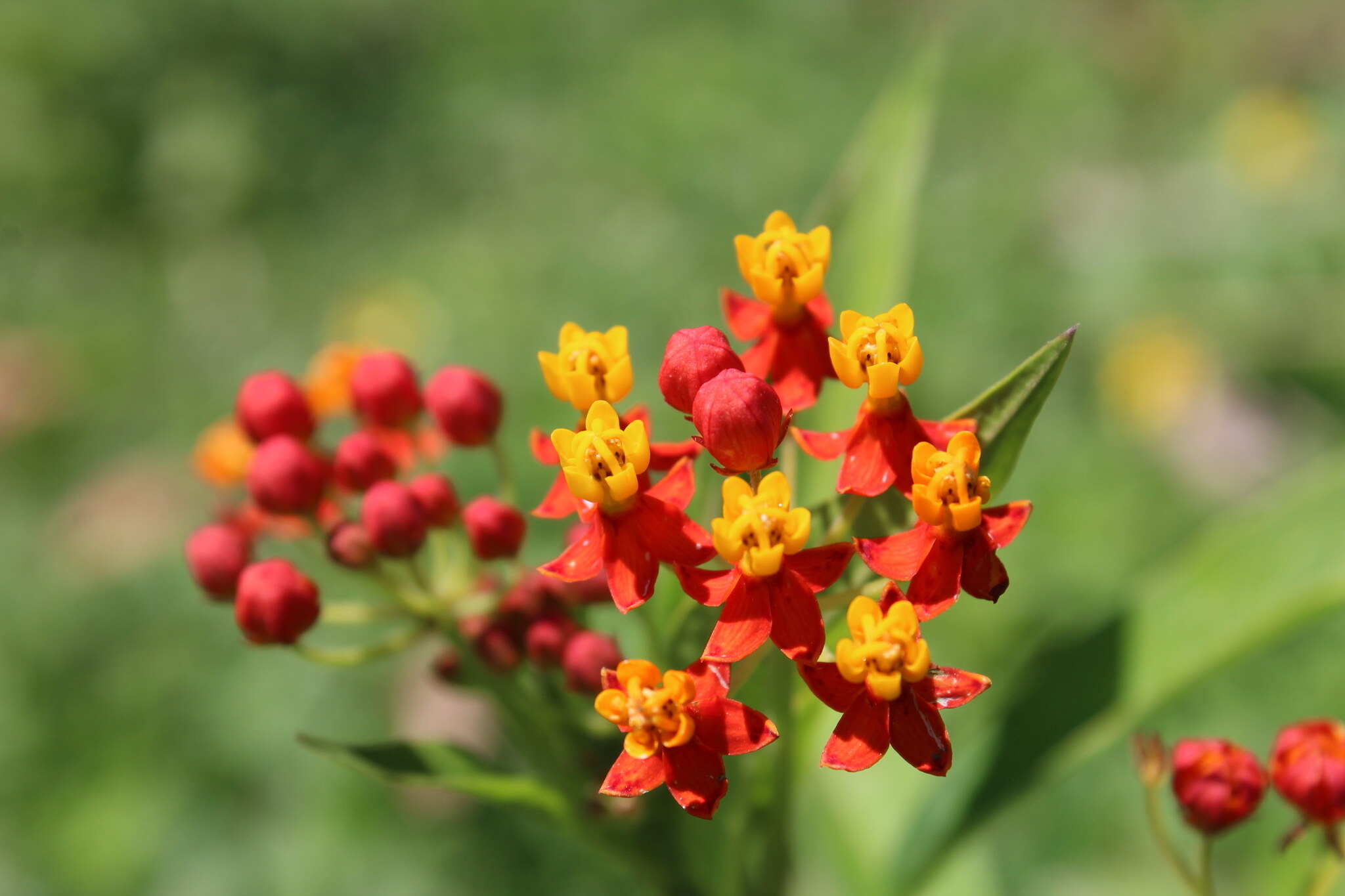
Asclepias, commonly known as milkweed, is a fascinating plant with a rich history and vital ecological role. Did you know that milkweed is the primary food source for monarch butterfly caterpillars? This plant family, with over 140 species, is native to North America and has been used for centuries in traditional medicine. Milkweed's unique ability to produce a milky sap containing toxic compounds helps protect it from herbivores. Beyond its ecological importance, Asclepias has also been utilized in various industries, from textiles to biofuel. Curious about more intriguing facts? Here are 27 captivating details about this remarkable plant.
Asclepias: The Milkweed Marvel
Asclepias, commonly known as milkweed, is a fascinating plant with a rich history and significant ecological importance. Let's dive into some intriguing facts about this unique flora.
Historical Significance
Milkweed has played a role in various cultures and historical contexts. Here are some notable points:
- Native Americans used milkweed for medicinal purposes, treating ailments like warts and respiratory issues.
- During World War II, milkweed floss was used as a substitute for kapok in life jackets due to its buoyant properties.
- The genus name "Asclepias" is derived from Asclepius, the Greek god of medicine, highlighting its historical medicinal use.
Ecological Importance
Milkweed is not just any plant; it holds a crucial place in the ecosystem.
- Monarch butterflies rely on milkweed as their primary food source during the larval stage.
- Milkweed provides habitat and food for over 450 insect species, including bees and beetles.
- The plant's toxic sap deters herbivores, protecting it from being eaten by most animals.
Unique Characteristics
Milkweed has some unique traits that make it stand out in the plant world.
- The plant produces a milky latex sap that contains toxic compounds called cardenolides.
- Milkweed flowers are uniquely structured with a complex pollination mechanism involving specialized pollinia.
- Some milkweed species can grow up to six feet tall, making them quite imposing in the wild.
Varieties and Distribution
Milkweed is not a one-size-fits-all plant; there are numerous species with varying characteristics.
- There are over 140 species of milkweed, primarily found in North and South America.
- Common milkweed (Asclepias syriaca) is widespread across the eastern United States and Canada.
- Tropical milkweed (Asclepias curassavica) is popular in warmer climates and often used in butterfly gardens.
Conservation Efforts
Given its importance, milkweed conservation has become a priority for many environmental groups.
- Habitat loss has led to a decline in milkweed populations, impacting monarch butterfly numbers.
- Conservation programs encourage the planting of milkweed to support monarch butterfly migration.
- Some states have initiated roadside milkweed planting projects to create corridors for pollinators.
Fun Facts
Milkweed has some quirky and lesser-known aspects that are sure to surprise you.
- Milkweed seeds have silky, parachute-like structures that help them disperse in the wind.
- The plant's fibrous stems were historically used to make ropes and textiles.
- Milkweed can be toxic to livestock if ingested in large quantities.
Culinary Uses
Believe it or not, some parts of milkweed are edible and have been used in traditional cuisines.
- Young milkweed shoots and buds can be cooked and eaten like vegetables.
- Native Americans used milkweed pods in soups and stews.
- Milkweed flowers can be used to make a sweet, fragrant syrup.
Scientific Research
Milkweed continues to be a subject of scientific interest and study.
- Researchers study milkweed's toxic compounds for potential medicinal applications.
- The plant's unique pollination mechanism is a topic of interest in botanical studies.
- Milkweed's role in supporting biodiversity is a focus of ecological research.
Cultural References
Milkweed has made its way into various forms of art and literature.
- The plant is often featured in nature-themed poetry and paintings.
- Milkweed is a symbol of transformation and resilience in some cultures.
- Children's books about monarch butterflies often highlight the importance of milkweed.
Milkweed, with its rich history, ecological significance, and unique characteristics, is truly a marvel of the plant world.
Final Thoughts on Asclepias
Asclepias, or milkweed, is more than just a plant. It's a lifeline for monarch butterflies, a source of medicinal benefits, and a fascinating subject for gardeners and nature enthusiasts. From its unique pollination process to its role in ecosystems, milkweed offers a treasure trove of intriguing facts. Whether you're looking to attract butterflies, explore natural remedies, or simply appreciate the beauty of native plants, Asclepias has something to offer. Planting milkweed can make a significant impact on local wildlife and biodiversity. So next time you see those distinctive flowers, remember the vital role they play. Dive into the world of Asclepias and discover how this remarkable plant can enrich your garden and support the environment. Happy gardening!
Was this page helpful?
Our commitment to delivering trustworthy and engaging content is at the heart of what we do. Each fact on our site is contributed by real users like you, bringing a wealth of diverse insights and information. To ensure the highest standards of accuracy and reliability, our dedicated editors meticulously review each submission. This process guarantees that the facts we share are not only fascinating but also credible. Trust in our commitment to quality and authenticity as you explore and learn with us.
